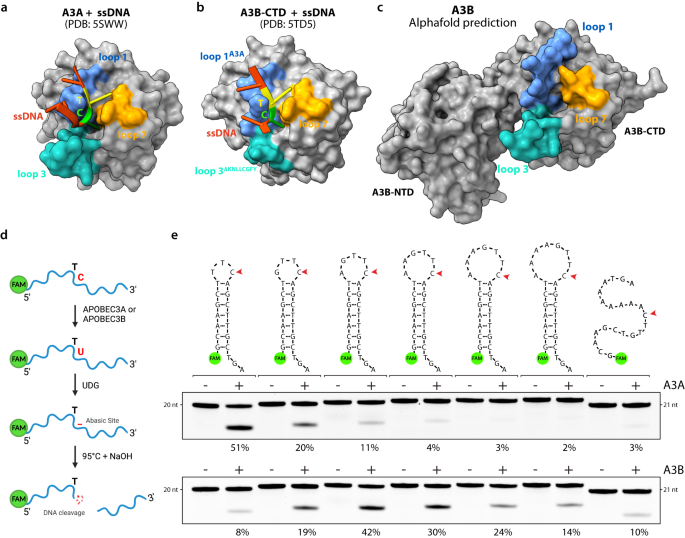2024-03-18 テキサス大学オースチン校(UT Austin)

The newly identified aetosuar, Garzapelta muelleri. Credit: Márcio L. Castro.
<関連情報>
- https://news.utexas.edu/2024/03/18/tanks-of-the-triassic-new-crocodile-ancestor-identified/
- https://anatomypubs.onlinelibrary.wiley.com/doi/abs/10.1002/ar.25379
米国テキサス州ドッカム層群三畳紀後期(ノルシア紀中期)中葉クーパー・キャニオン層出土の新種獣竜(Archosauria: Pseudosuchia)Garzapelta muelleri gen.et sp.nov. Garzapelta muelleri gen. et sp. nov., a new aetosaur (Archosauria: Pseudosuchia) from the Late Triassic (middle Norian) middle Cooper Canyon Formation, Dockum Group, Texas, USA, and its implications on our understanding of the morphological disparity of the aetosaurian dorsal carapace
William A. Reyes, Jeffrey W. Martz, Bryan J. Small
The Anatomical Record Published: 11 January 2024
DOI:https://doi.org/10.1002/ar.25379
Abstract
The Late Triassic Dockum Group in northwestern Texas preserves a rich diversity of pseudosuchian taxa, particularly of aetosaurs. In this contribution, we present Garzapelta muelleri gen. et sp. nov., a new aetosaur from the Late Triassic middle Cooper Canyon Formation (latest Adamanian–earliest Revueltian teilzones) in Garza County, Texas, based on an associated specimen that preserves a significant portion of its dorsal carapace. The carapace of G. muelleri exhibits a striking degree of similarity between that of the paratypothoracin Rioarribasuchus chamaensis and desmatosuchins. We quantitatively assessed the relationships of G. muelleri using several iterations of the matrix. Scoring the paramedian and lateral osteoderms of G. muelleri independently results in conflicting topologies. Thus, it is evident that our current matrix is limited in its ability to discern the convergence within this new taxon and that our current character lists are not fully accounting for the morphological disparity of the aetosaurian carapace. Qualitative comparisons suggest that G. muelleri is a Rioarribasuchus-like paratypothoracin with lateral osteoderms that are convergent with those of desmatosuchins. Although the shape of the dorsal eminence, and the presence of a dorsal flange that is rectangular and proportionately longer than the lateral flange are desmatosuchin-like features of G. muelleri, the taxon does not exhibit the articulation style between the paramedian and lateral osteoderms which diagnose the Desmatosuchini (i.e., a rigid interlocking contact, and an anteromedial edge of the lateral osteoderm that overlaps the adjacent paramedian osteoderm).


